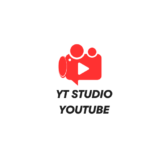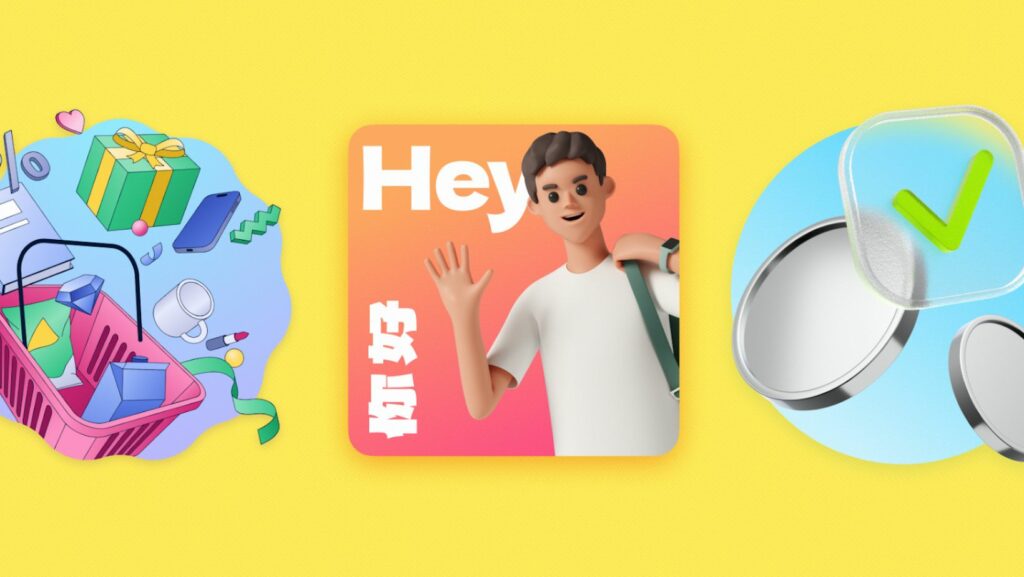Hunting for illustrations reminds me of trying to find a decent movie on Netflix. Endless scrolling, nothing quite fits, and you end up watching something you’ve seen before. I’ve wasted full afternoons browsing stock libraries, bookmarking tons of “almost perfect” options, then using none because they don’t actually work. Icons8 created Ouch claiming editable illustrations would fix this nightmare. After months of heavy client use, here’s the real story.
What’s Actually There
Ouch divides illustrations into twenty-one styles. Sounded like marketing nonsense initially. Real projects proved me wrong fast. Clean geometric works great for corporate dashboards. Character-heavy stuff fits consumer apps perfectly. Technical diagrams handle business docs without looking less. Each style stays consistent. No random mismatched elements.
Regular stock sites give you finished files. Take what you get or move on. Ouch builds illustrations from separate pieces you can edit. Characters exist apart from backgrounds. Objects sit on different layers. Effects work independently. Find something 65% right and tweak the rest. Way better than infinite scrolling.
File formats cover what matters. SVG stays crisp at any size. Essential for designs spanning phone screens to giant monitors. PNG works when SVG causes browser issues. Animations include GIF for social posts, MOV for presentations, Lottie JSON for web stuff. After Effects files handle motion work. Everything you need without excess.
Editing Experience
Modular setup changes how you hunt for illustrations. Stop looking for perfect unicorns. Grab decent foundations and fix problem areas. Change character looks completely. Swap backgrounds entirely. Adjust colors throughout. Move elements around freely. Each piece works independently. Changing one won’t wreck others.

Mega Creator runs editing in your browser. No expensive software needed. Drag stuff to new spots. Pick colors with simple tools. Make things bigger or smaller. Not Illustrator powerful, but handles basic changes without monthly fees or training pain.
Developer Implementation
Frontend teams use these as functional interface parts, not just decoration. Onboarding flows need clear visual steps. Empty states require helpful graphics that don’t confuse people. Error pages work better with friendly images. Loading screens become less annoying with relevant animations.
Responsive stuff works because SVG scales naturally. Component structure adapts to different screen sizes through CSS. Standard development approach. Predictable results.
Biotech startups and research institutions often need precise scientific visuals for their presentations and educational materials. The dna clipart collection offers molecular structures, laboratory equipment, and research process graphics that maintain scientific accuracy for academic and professional applications.
Marketing Reality
Content marketing needs visual consistency across blog posts, emails, social media, landing pages. Can’t afford illustrators for every piece. Brand consistency beats perfect individual images. Builds recognition over time.
Email campaigns hit technical walls. Big files get flagged by spam filters. Complex animations kill mobile loading. Ouch’s SVG animations stay light while adding visual interest. No delivery problems. Color changes keep everything on-brand without starting over.
Developer Workflow
Getting assets works multiple ways depending on your setup. Desktop app lets you drag illustrations into Sketch, Figma, Photoshop, code editors. API access supports automation for bigger teams needing systematic management.
Git handles SVG files well since they’re XML underneath. Teams can collaborate on edits through normal version control. Build processes automate optimization and format conversion. No manual steps needed.
Educational Use
Schools and universities use these across learning platforms and course creation. Visual learning needs consistent styling throughout materials, presentations, quizzes, extra content. Education collections address teaching needs like concept explanation and process breakdown.
Universities extend to research presentations, academic papers, conference materials, grant applications. Institutional branding works through color customization. Keeps professional academic standards.
Budget Constraints
Early companies face tough financial realities around visual content. Custom illustration costs way too much. Free resources often look unprofessional enough to hurt credibility. Ouch pricing acknowledges these constraints with realistic options.

Free usage with attribution works for internal tools and early development. Twenty-four dollar monthly plans remove attribution and unlock more formats. Fits natural growth from startup to funded company needing brand control.
Licensing Details
Usage terms work for different organizational needs. Free tier requires attribution links. Fine for internal use. Problematic for client work where brand control matters. Paid plans remove attribution and provide better formats plus faster support.
Educational institutions get discounts. Team features include user controls and usage tracking. Enterprise customers access white-label options and dedicated support for large setups.
Measuring Results
Success measures through actual metrics, not design committee opinions. User understanding improvements in interfaces. Engagement increases on content pages. Conversion optimization in marketing. Brand perception through user research. Support ticket reduction via clearer visuals.
Technical stuff includes file size impact on loading, browser compatibility, mobile optimization, accessibility requirements. SVG usually beats bitmap images while providing better scaling and editing options.
Platform Limits
Some industries hit walls with generic libraries. Medical docs need anatomical precision. Industrial diagrams require specific technical accuracy. Scientific visualization demands exact representation that broad collections can’t always deliver.
Attribution requirements create problems for white-label products or client work needing complete brand control. Free tier works for internal projects. Commercial applications where attribution conflicts with client branding get tricky.
Recent Changes
Platform improvements include AI illustration generation, expanded animation support, better Figma and Sketch integration. Development pace suggests ongoing investment, not just maintenance.
Broader Icons8 ecosystem includes icons, photos, audio, design tools. Integration simplifies vendor management for organizations needing comprehensive asset solutions.
Bottom Line
Icons8 Ouch handles illustration needs for most design work decently. Modular setup, format variety, flexible pricing solve common workflow problems. Specialized stuff might need custom solutions. Regular design projects benefit from the systematic approach.
Component-based design fits modern development practices emphasizing modularity and brand consistency. Web developers, marketing teams, engineers, educational staff, budget-conscious organizations find practical value.
Success requires honest evaluation of your needs versus what the platform delivers. Teams understanding both strengths and limits get better results than those expecting magic solutions.

